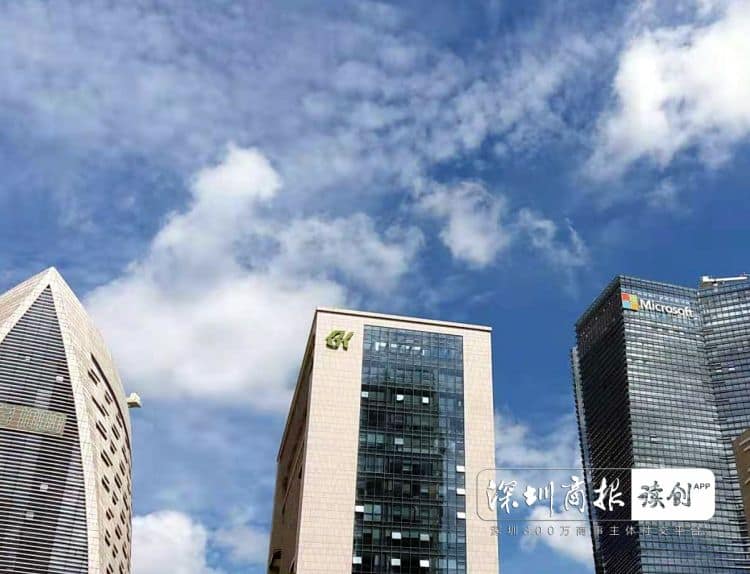Article source: Shenzhen Business Daily Reading Chuang APP
Author: Shenzhen Commercial Daily chief reporter Wang Hairong
40-60 trillion, this is the number of cells in the human body. As the basic unit that constitutes the structure of human tissue and completes various physiological functions, stem cells, which have multi-differentiation potential and self-replication capabilities, are the focus of research in the field of life sciences today, and various innovative technologies are emerging one after another. Relying on the domestic ultra-large-scale market, stem cell storage and stem cell therapy have also become important directions for Shenzhen to cultivate new consumption in the field of life and health.











